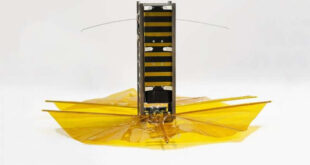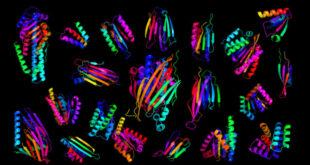
Google has used machine learning to solve a lot of problems like beating humans at Go and spotting exoplanets. Those are noble endeavors, but now Google Research has turned its attention to a problem that has a real impact on individual people. The company is working with doctors to develop a neural network that can identify cancer cells using an Augmented Reality Microscope (ARM).
Many aspects of modern medical testing have been automated, but cancer diagnosis is still a time-consuming process. After taking a biopsy of a suspected cancerous mass, a pathologist has to examine the cells under a microscope. Google has shown in the past that a neural network can accelerate diagnosis of cancer in digital images, but most pathologists are using compound light microscopes to examine slides. The solution was the Augmented Reality Microscope. With this system, Google’s AI sees an image in the microscope in real time along with the doctor. Then, it overlays analysis on top of that image.
The first piece of the puzzle was getting a neural network trained on what is and is not cancer. This is another convolutional neural network like the one used to isolate voices and spot planets. Working with pathologists, Google Research accumulated thousands of histological images. The result was a pair of cancer detection algorithms: one detects breast cancer metastases in lymph nodes, and the other spots prostate cancer. They work at magnifications between 4x and 40x.
The goal is not to replace the pathologist — you probably don’t want to trust your entire cancer screening to a machine just yet. That’s why the neural network is tied to the ARM system. It’s like an instant second opinion. The neural network gets a feed from the eyepiece of the microscope via a camera capturing 10 frames per second. The output of the ARM is then projected back through the eyepiece above the camera. So, the pathologist isn’t looking directly at the sample, but rather at the output of the AI. The areas that look like cancer to the AI are highlighted so the doctor can pay special attention.
Rigging up a microscope with a camera and tiny AR display might sound like a hassle, but it’s actually the most effective way to bring this technology to the masses. You can outfit a standard microscope with ARM, and it doesn’t require any external hardware imaging like monitors. Cancer diagnosis might be only the beginning. Google Research things this technology could be helpful in the diagnosis of other diseases in the future.
 #Bizwhiznetwork.com Innovation ΛI |Technology News
#Bizwhiznetwork.com Innovation ΛI |Technology News



